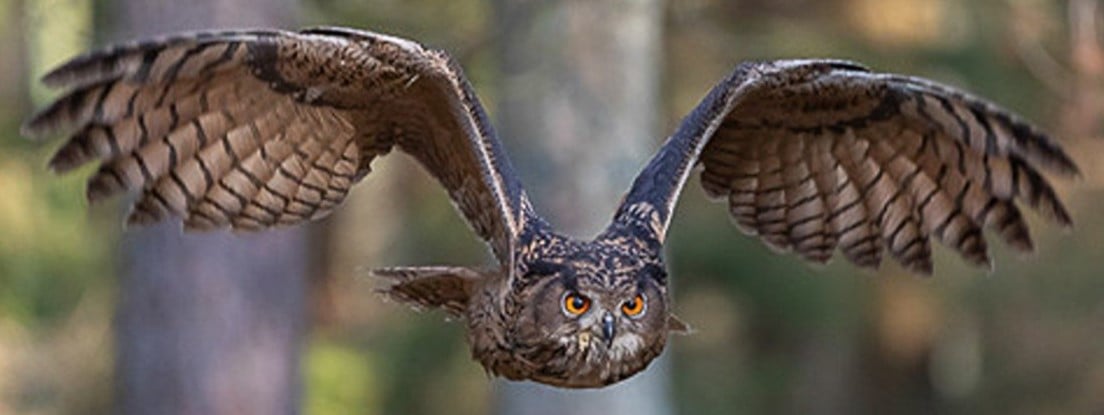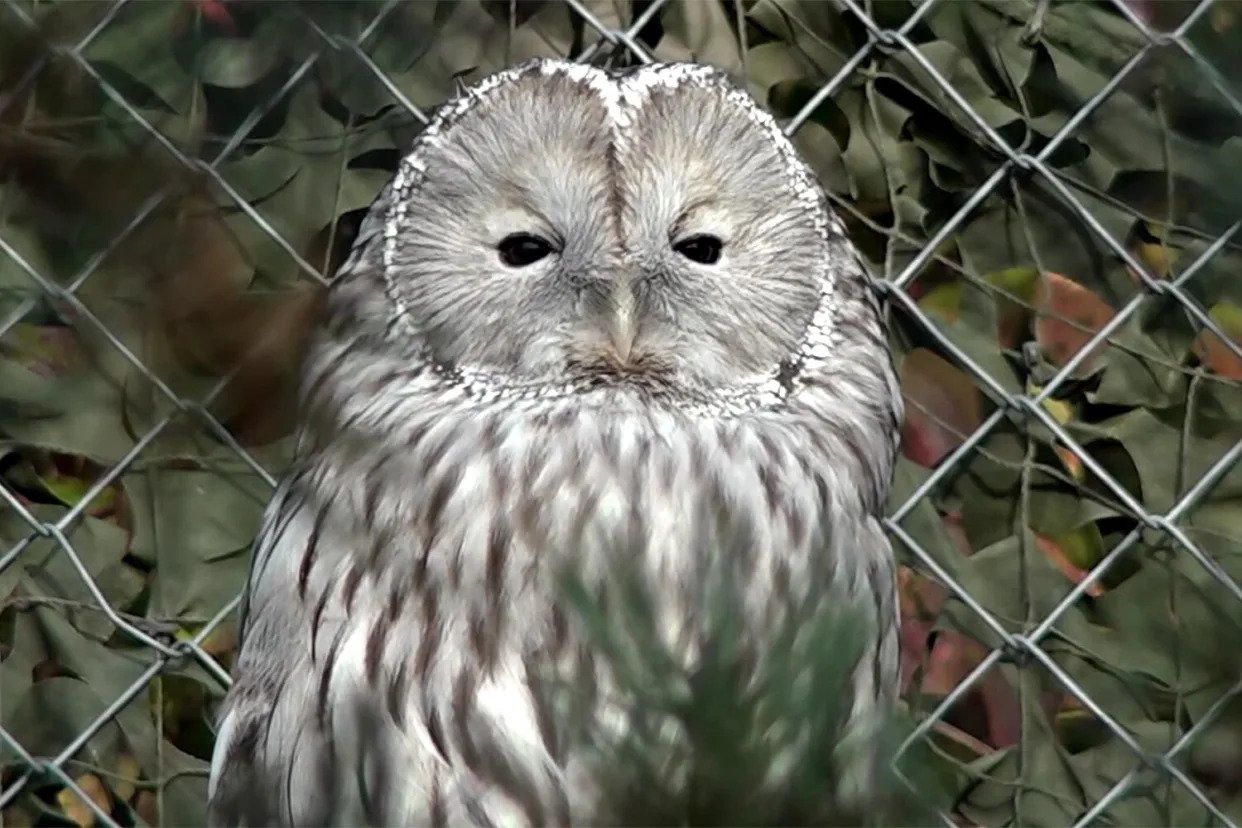Superbowl
For owls that are superb.

US Wild Animal Rescue Database: Animal Help Now
International Wildlife Rescues: RescueShelter.com
Australia Rescue Help: WIRES
Germany-Austria-Switzerland-Italy Wild Bird Rescue: wildvogelhilfe.org
If you find an injured owl:
Note your exact location so the owl can be released back where it came from. Contact a licensed wildlife rehabilitation specialist to get correct advice and immediate assistance.
Minimize stress for the owl. If you can catch it, toss a towel or sweater over it and get it in a cardboard box or pet carrier. It should have room to be comfortable but not so much it can panic and injure itself. If you can’t catch it, keep people and animals away until help can come.
Do not give food or water! If you feed them the wrong thing or give them water improperly, you can accidentally kill them. It can also cause problems if they require anesthesia once help arrives, complicating procedures and costing valuable time.
If it is a baby owl, and it looks safe and uninjured, leave it be. Time on the ground is part of their growing up. They can fly to some extent and climb trees. If animals or people are nearby, put it up on a branch so it’s safe. If it’s injured, follow the above advice.
For more detailed help, see the OwlPages Rescue page.
view the rest of the comments

Translated additional article from the zoo for more background
CLICK THIS LINK! MANY GOOD PICS!
FOUR BEAKS FOR SPECIES CONSERVATION
Since 2009, the Austrian Ornithological Institute and Vetmeduni Vienna have been releasing Ural Owls that have hatched into human care in eastern Austria. The aim is to ensure the long-term survival of the owl species. 2016 was the most successful year of the project so far, with 45 birds released.
Zoo Zurich supports the reintroduction of the Ural Owl by handing over young birds. They strengthen the local population and are an important factor in the conservation effort.
In order for a stable Ural owl population to be established, young birds are needed every year to release them into the wild. Currently, 32 zoos and breeding stations in 7 European countries are participating in the project with 49 breeding pairs.
The releases are carried out in two steps according to a proven method. First, the young owls are placed in an aviary at the release site. This allows them to get used to their new environment.
In July, the birds are then allowed to leave the aviary and look for their own territory. If everything goes as desired, they start courtship in autumn.
Since 2011, the reintroduction project has been observing successful natural broods. 2021 was the most successful breeding year so far with 47 young birds from over 20 pairs detected.
However, counting the Ural Owl is rather difficult. He inhabits a large area. This is often difficult to access and is located high in the mountains. The birds' mainly nocturnal way of life makes things more difficult. In order to measure the success of the reintroduction, the project is therefore equipping the Ural Owls with transmitters.
Normally, Ural Owls breed in tree hollows or on nests of other large birds. In order to increase breeding success, the "Ural Owl Reintroduction" project is also setting up weather-protected nesting boxes. There are currently 550 of them. Volunteer nest box caretakers check them regularly.
The Ural Owl originally had a continuous distribution from Northern Europe via Russia to Japan. While there are still populations of wild Ural Owls in Eastern Europe today, they have been extinct in our neighboring countries Austria and Germany since the middle of the 20th century. The cause of this was hunting by humans and habitat loss.
It is not entirely clear whether the species was also native to Switzerland. There are historical references, but only a few.
Wow, so in about 6 weeks, they grow from tiny smidgens (video of last year's brood, listen to the peeps) to ready to fly:
(The video just says that the female laid 4 eggs in March. The male fed her while she sat on them. The chicks hatched over Easter, and if they grow up healthy, they'll be released in Austria.)
It's crazy how much they grow in about a month! Good luck little ones!